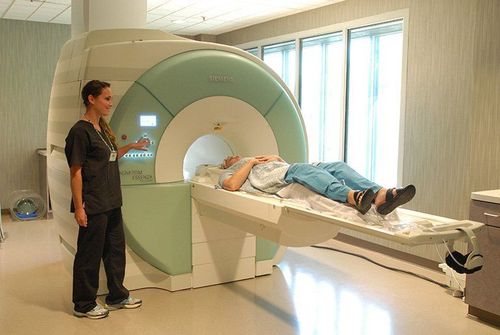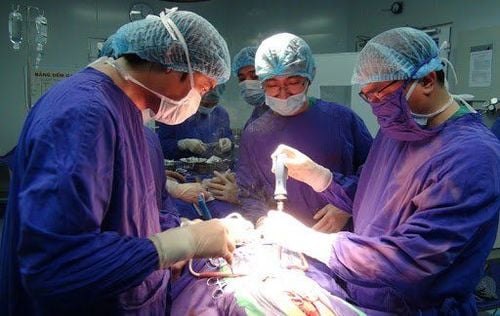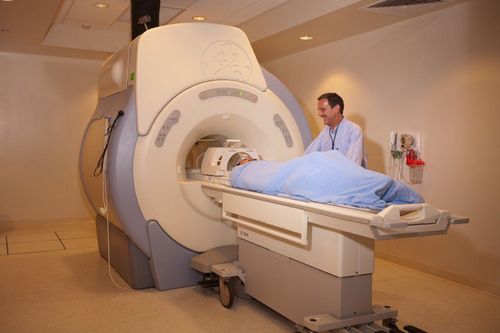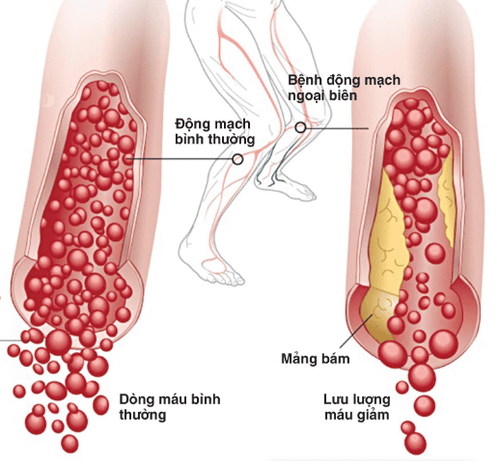This is an automatically translated article.
This article is professionally consulted by Dr. Pham Quoc Thanh - Radiologist - Department of Diagnostic Imaging - Vinmec Hai Phong International General Hospital.1. Is using contrast agent in magnetic resonance imaging dangerous?
Contrast drugs have been tested and evaluated for safety in patients, so they are widely used during magnetic resonance imaging.Almost all cases of magnetic resonance imaging with contrast injection do not bring discomfort or serious allergic reactions to patients after being injected. All patients who need to perform diagnostic imaging can inject contrast agents.
According to the ESUR 2018 recommendation regarding guideline requirements regarding contrast agents, patients are not required to undergo contrast-enhanced glomerular filtration rate tests.
In the case of patients with a history of kidney disease, absolute caution should be exercised when injecting contrast agents in patients with severe renal impairment, with a GFR < 30 ml/min.
If the patient is a pregnant woman, injectable drugs can only be used when absolutely necessary.
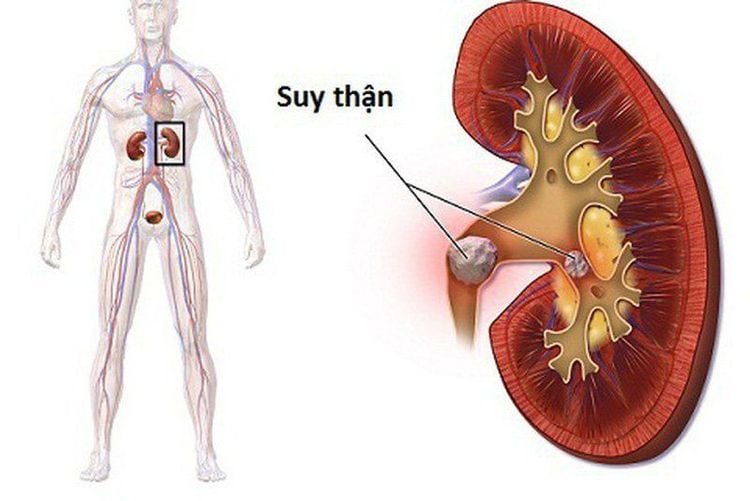
2. Necessary preparations before MR angiography using magnetic contrast agents
Patients do not need to be forced to fast or drink completely before undergoing magnetic resonance imaging techniques. Except for cases where the patient is not awake or is in need of sedation, anesthesia during the entire procedure. In these cases, the patient will receive specific advice and instructions from the doctor right from the time of booking.In general, the entire process of magnetic resonance imaging always requires focus and cooperation from the patient. Patients must not use dangerous stimulants, such as tobacco, coffee, alcohol, drugs, before performing an MRI scan using contrast drugs,...
Before performing the resonance imaging technique From there, the doctor will check and explain, provide all necessary information and instructions related to safety during the scan to the patient, the patient needs to sign the confirmation.
During the whole imaging process, the patient will lie on his back in the machine compartment with guidance from the radiologist and specialist. During some stages of the examination, the patient may be asked to hold their breath or not to swallow to obtain the most accurate results.
After the scan, the majority of patients do not need to abstain from using drugs or food. For special medical cases, the doctor will advise and support the patient.
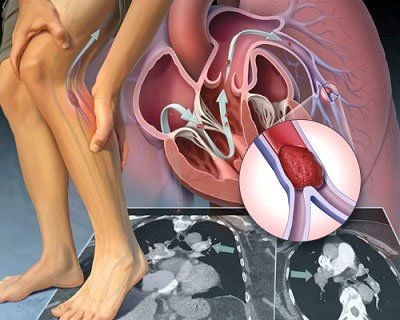
3. Indications and contraindications in lower extremity artery MRI
Indicated for patients who are experiencing diseases related to lower extremity arteries: occlusion, aneurysm, stenosis, dissection, vascular malformation... Or when needed to be performed at professional request from a doctor After treatment, the doctor needs to monitor the patient's post-treatment. Absolute contraindications when: Patients bring electronic devices that can affect the results of the scan such as pacemakers, cochlear implants, anti-vibration machines. Using metal clips in endoscopic, orbital or vascular surgery, duration < 6 months. Patients always need the support of resuscitation equipment. Relative contraindications for the following cases: patients with liver failure, renal failure, or severe heart failure. Or the patient is using metal clips in surgery, using time > 6 months.4. Lower extremity magnetic resonance imaging procedure with contrast injection
Step 1: Place the patient in the supine position, in the correct position, place an intravenous line (type 20-18G), and connect to an electric syringe. Next, install a coil that captures the signal of the whole body, and proceed to wear noise-canceling headphones for the patient if necessary. Step 2: Perform capture operations, first capture the sequence of positioning pulses in the three-plane direction. Conduct contrast injection for the patient: using Bolus Test technique, with a speed of 2ml/s with about 20ml, and at the same time pumping the drug by using 20 - 30ml of physiological saline. Next, 3D T1W pulse sequences are taken, and multi-plane (also known as MPR) and three-dimensional (also known as VRT) reconstructions are taken. Step 3: Comment on the results, based on the sharp images of the anatomical structures in the areas that need to be examined, the doctors will detect the lesions, if any. Then, the doctor will analyze, read the lesions and describe them on an internal computer connected, print the results and can advise more relevant information for the patient and family. if required. Step 4: Dealing with complications, magnetic resonance imaging is a relatively safe technique that does not cause pain to the patient. If the patient is scared or agitated, please comfort and encourage. For very anxious patients, sedation can be used under the supervision of an anesthesiologist. In particular, the adverse events related to contrast agents need to be paid attention, and the procedures for diagnosis and management of adverse events of contrast agents should be applied to resolve. Magnetic resonance angiography of the lower extremities with contrast injection does not cause any harm to the patient's health, but the patient still needs to comply with safety issues before, during and after the scan. You can consult your doctor about this issue if you still have unanswered questions.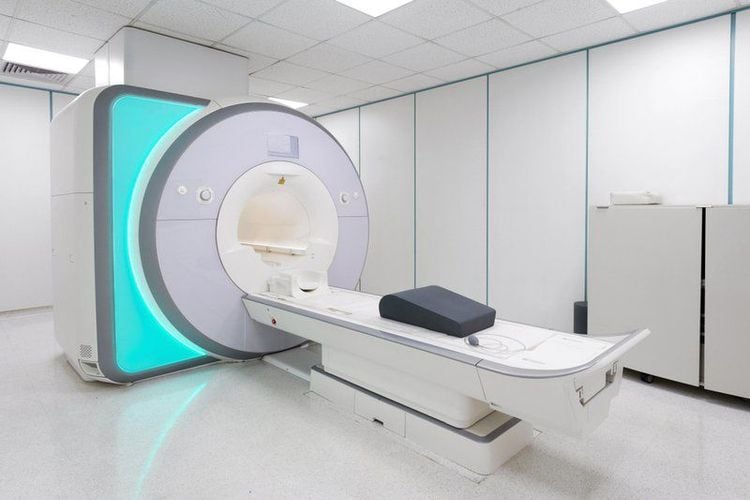
Master. Doctor. Pham Quoc Thanh has received intensive training and participated in many national and international scientific conferences on diagnostic imaging. The doctor has 13 years of experience in the field of diagnostic imaging and is currently a doctor at the Department of Diagnostic Imaging, Vinmec Hai Phong International General Hospital.
Please dial HOTLINE for more information or register for an appointment HERE. Download MyVinmec app to make appointments faster and to manage your bookings easily.





